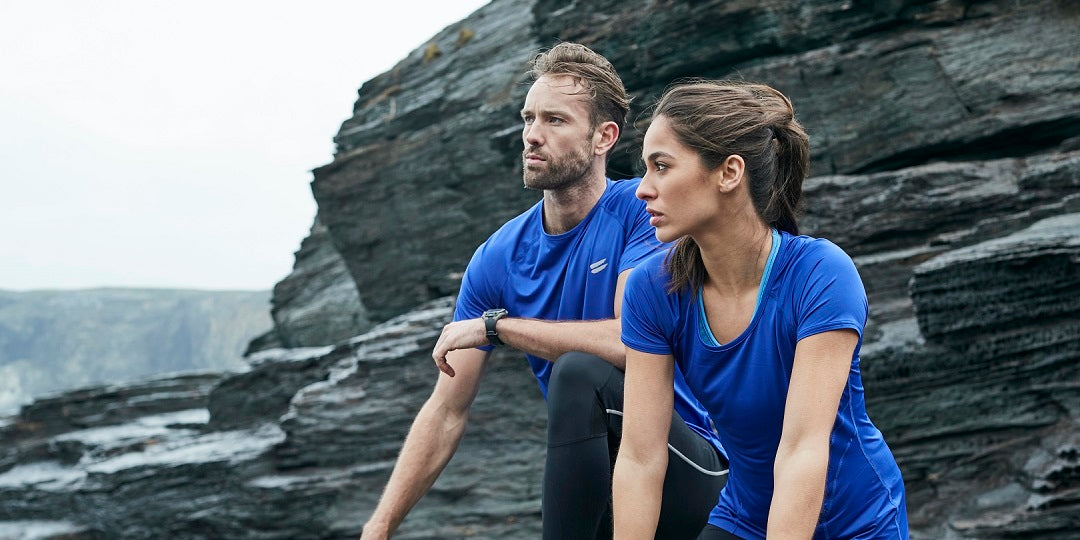If you’re just starting out as a runner, you’re probably finding it quite hard. You may well be fighting that little devil on your shoulder that’s telling you to give up or that you’re not built for running at all. If this is the case, then I have good news for you.
The short answer is…
…we are all built for running. In fact, human beings are arguably the finest long-distance runners on the planet. However, due to many different factors - living a more sedentary lifestyle, running incorrectly, eating a poor diet - many of us have simply become de-conditioned. We have forgotten how to run.
Whether you’re a beginner or a seasoned runner; learning how to run correctly is vital to staying free from injury and running more efficiently. Yet most runners actually move in a way that can (and often does) cause a myriad of problems like shin splints, IT syndrome, knee pain, back pain and plantar fasciitis (to name a few). Is it any wonder that many beginners give up within the first few months?
Evolutionary runners
Our hunter-gatherer ancestors began to eat meat around 2 million years ago. They became very skilled at catching our dinner using a method we now know as ‘persistence hunting’.
Our ability to sweat (something quadrupeds can’t do) gave us the edge over our prey. Our ancestors could run long distances at the hottest time of the day without the need to stop and cool down. This meant they could chase and track their prey - for up to 20 miles - until they developed hypothermia and became easy to kill. Remember that we did all of this without any weapons or footwear, both of which came along much later.
In fact, it wasn’t until the late sixties that the cushioned, supportive running shoe we are familiar with today became more popular. With a much thicker sole, it became easier to run by striking our heel on the ground first, simply because the cushioning underneath our feet meant we were less aware of the impact. More recently, many bio-mechanists and anatomists have discovered that we may not have run like this until very recently.
How are we designed to run?
Our feet and lower legs are actually built like big springs. Using tendonous tissue in our feet and ankles along with our calves, hamstrings and even glutes (that’s your bum) we are better anatomically designed to run on our forefoot rather than our heel.
Try jumping up and down on the spot and you will see what I mean. Instinctively you will land on the balls of your feet and bounce back up much like a football would if you dropped it on the ground. Try that again by landing on your heel and you won’t create the same response.
There is no mechanism now to spring you back up. You will feel a jolt as the impact force heads right up your legs to your lower back. Many runners land on their heels all the time because the cushioning under their feet means they can’t feel when it hurts. This leads to injury.
Well-respected barefoot running coach, author and mentor, Ken Bob Saxton has been running without shoes for most of his 60 years on the planet:
“The best line of defence against hurting ourselves is being acutely, even painfully aware of when we are hurting ourselves. As soon as we mute some of that important feedback, it’s much easier to understand how so many people can continue running in ways that can cause injury.”
Learn how to run the way your body is designed and you’ll save yourself from a multitude of problems later down the line. If you’re just starting out on your running journey now is the perfect time to iron out all of those issues before they become ingrained habits.






Leave a comment (all fields required)